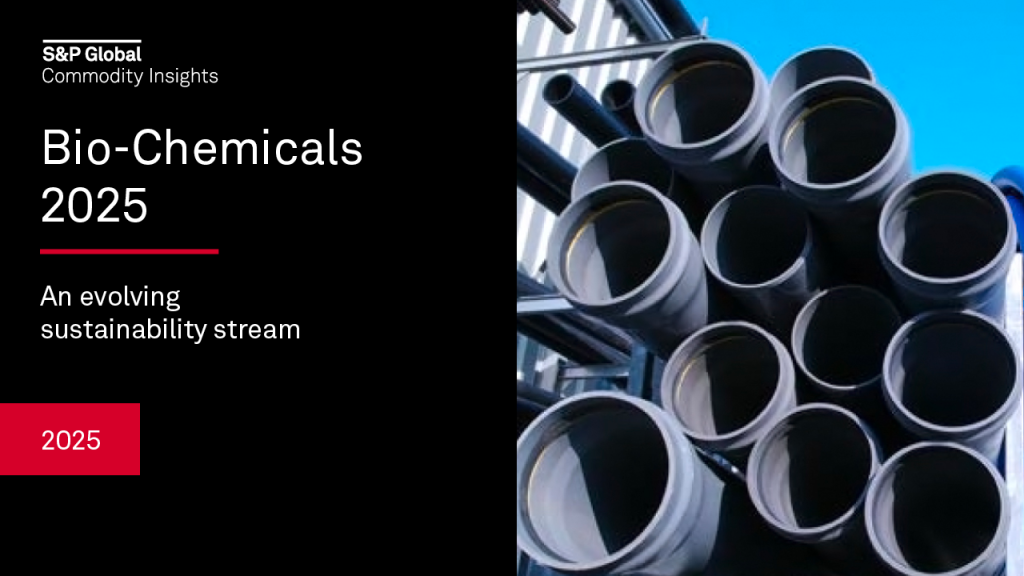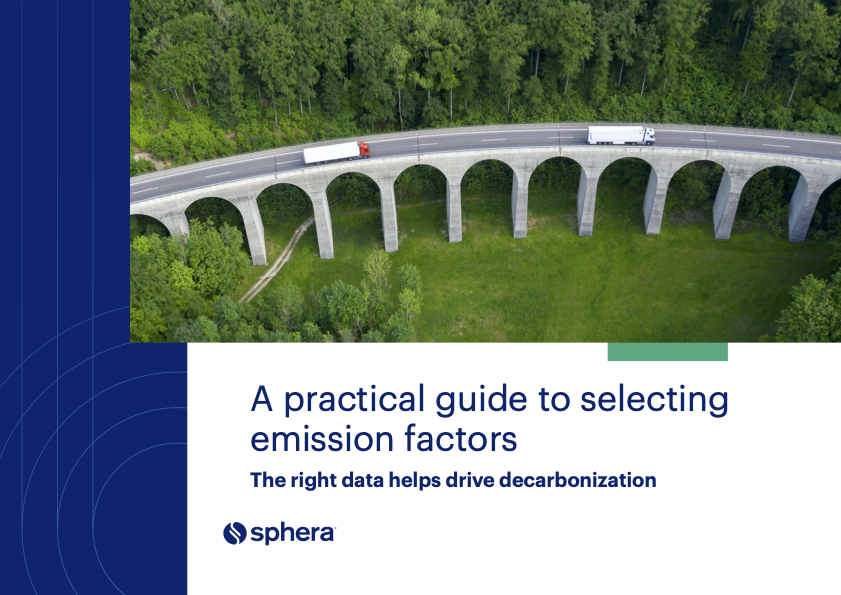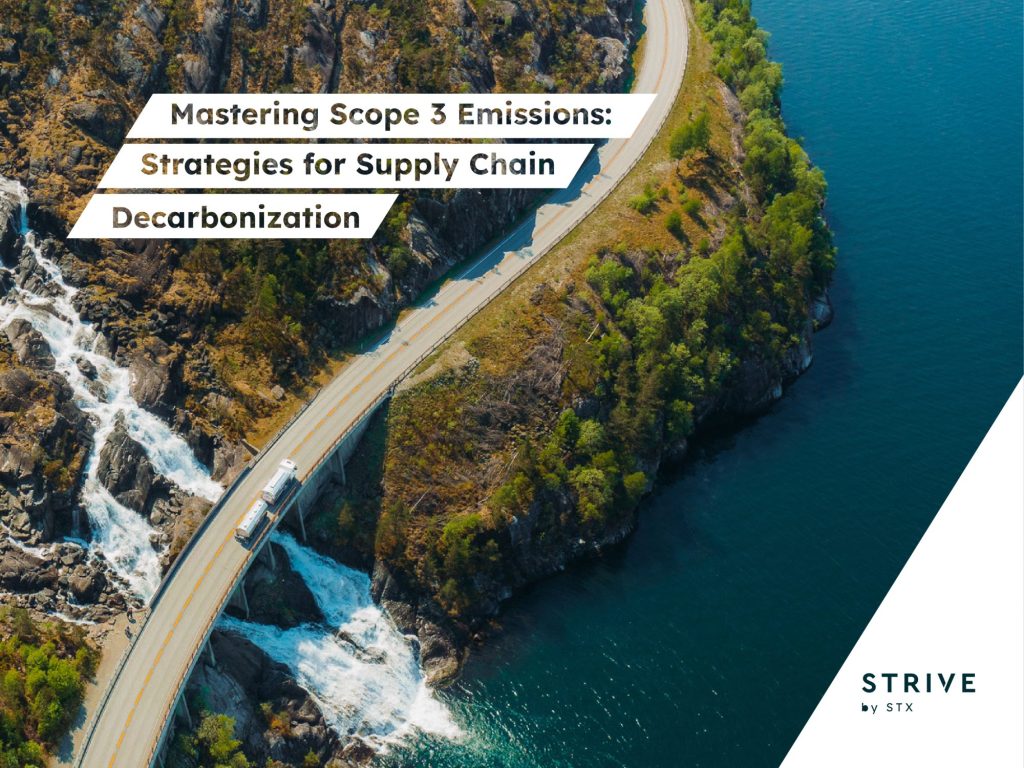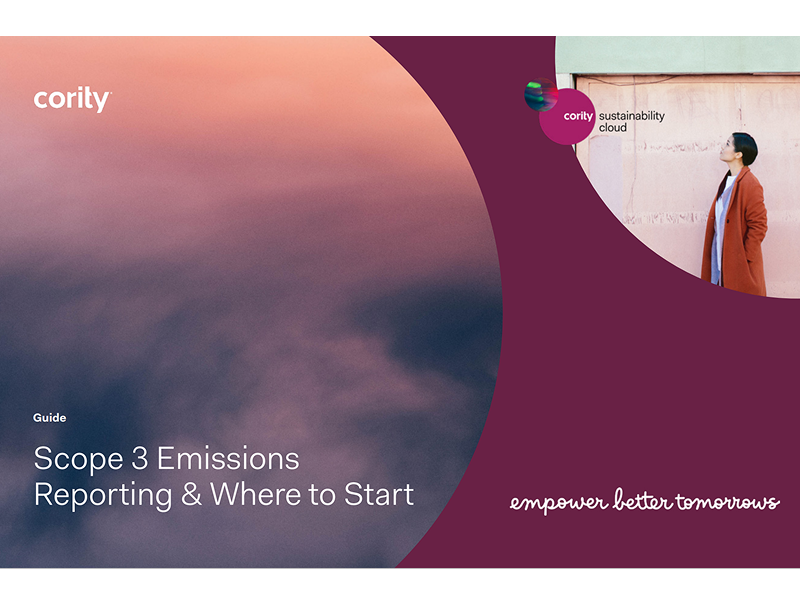5 insights for CSOs from London’s Nature Tech Summit
These innovations give sustainability leaders the data they need to strengthen the case for funding nature strategies. Read More

Key takeaways:
- The view that nature strategies are beyond companies’ capacity and budgets is outdated.
- It’s now the job of the CSO to make the case that funding biodiversity conservation and restoration should be part of the company’s overarching environmental strategy.
- AI is making previously impossible projects viable.
Entrepreneurs, investors and companies gathered in London for a Nature Tech Summit on March 27. The event, part of the world’s first “nature tech week,” revealed key insights to guide CSOs in their nature tech decision-making, including trends around AI, politics and data sources.
Nature tech is booming. Startups in the field attracted about $2 billion in funding in 2024, according to Nature4Climate, up from $1.6 billion in 2023 and double the investments of 2018.
However, as this young sector matures, CSOs face a potentially confusing smorgasbord of tech. Satellite forest data, drones, eDNA, bioacoustics ground sensing — the list continues to grow. Trellis attended the Summit to learn how companies can surf the trends and make the most of nature tech this year.
What is nature tech?
“From detecting deforestation to efficiently mapping species ranges, a new class of companies and technologies are making it possible for CSOs to account for their companies’ nature impacts,” said Kevin Webb of Superoorganism, a venture capital company focused on biodiversity, in an email.
“What a lot of the purists would say is that it’s any form of technology, anything from AI to drones to genomic sequencing, that is implemented to benefit nature,” said Ollie Potter, founder of newsletter The NatureTech Memos.
Energy, pharmaceuticals and mining are the three sectors currently showing the most interest in nature tech, said Potter, but they are not necessarily the most at risk: “I think there is a different conversation to be had about which industries face the most material risk because of nature degradation.” Those industries include agriculture, cosmetics and fashion.
Five insights
1. Companies need climate and nature strategies
“We work with financial institutions, and a few of them say: ‘Can we just do climate? We can’t really do nature as well,’” said Jo Paisley, president of GARP Risk Institute, during a panel at the Summit.
Although some CSOs might consider nature strategies beyond their capacity or budget, this view is outdated. To be sustainable going forward, companies must adopt both climate and nature strategies — irrespective of changing governments and political will in their countries.
There was a subtle, if unmissable, political undercurrent at the Summit. Many speakers alluded to “shifting landscapes” or “uncertain times” in reference to Trump’s anti-climate policies and rightward trends in European countries.
Gareth Thomas, head of research innovation at London’s Natural History Museum, shared the clearest message: “Political shifts don’t change ecological facts.” “Nature doesn’t care about politics. Biodiversity is declining. Risk is increasing and instability is growing. The consequences of that remain as inevitable as they were back in December,” he said.
It’s now the job of the CSO to convince the CFO and other executives that funding biodiversity conservation and restoration should be part of their company’s overarching environmental strategy, alongside cutting emissions.
“Often CSOs are bewildered about how to make the case for nature preservation in their organization,” said Gilad Goren, executive director of the Nature Tech Collective, an accelerator. “But nature tech can actually help them make the case because these entrepreneurs can back the case up with actual data.”
2. Nature tech isn’t just for reporting
The NatureTech Memos has mapped the sector, capturing more than 1,000 startups in one big table. Some provide nature and biodiversity data, while others organize this data so companies can use it. For example, companies might use nature tech to inform insetting or to make decisions about financing nature restoration projects.
“A common perception is that nature tech is about helping corporates report about their nature risks and dependencies, either through [the EU’s Corporate Sustainability Reporting Directive] or [the Taskforce on Nature-related Financial Disclosures],” said Potter.
But that doesn’t go far enough. These innovations also give sustainability leaders the quantitative data they need to demonstrate their companies’ supply-chain dependence on biodiversity and strengthen the case for funding nature strategies.
“I think more and more are going to look at the resilience of their business in terms of: Will I have commodity X coming my way or not?” said Goren. “And will I have issues with my supply chain unless I do something about it? Do I need to assess? Or do I need the actual intervention?”
3. Look for data validated by ecologists on the ground
A lot of forest data is gathered using satellite imagery. “The benefit of that is you can get the data from anywhere on the globe, even where it’s hard to access,” said Sabine Nix, a spatial data scientist at Cecil, a nature data aggregator. “But you also need to be able to train models and validate your data using insights gathered on the ground.”
Cameron Nicol, head of marketing at Space Intelligence, a company that uses satellite data to map global forest cover, echoed that: “One of the challenges of using remote sensing to map landscapes can be getting the granularity to differentiate between what is actually a forest and what is a crop plantation of, say, coffee or cocoa.
“We’ve been incorporating ecologist expertise into our mapping processes to ensure these forests and tree crops are accurately categorized,” he said.
4. Companies using multiple data sources should stay focused
Nix has also noticed more companies using a combination of datasets to inform decisions. “We’re already seeing customers using 10, 20 or 30 different data sources,” she said.
That said, many experts advised CSOs to focus on the question they need to solve, rather than on exploring every new nature tech innovation as it reaches the market.
“There are a lot of different offerings emerging in this space, from data providers to data organizers. CSOs should focus on improving their metrics and think about whether they want general data or specific data about their supply chains,” said Marco Albani, CEO of Chloris Geospatial, a nature data provider.
5. Accelerate data collection using AI
Of course, artificial intelligence is also transforming nature tech. From the micro (a startup recording earthworm sounds to indicate soil health) to the macro (a company mapping forests in the tropics), large language models are increasingly prevalent.
Such innovations can equip CSOs with new, previously inaccessible, data that enables them to revisit projects previously deemed impossible.
For example, AI has sped up Space Intelligence’s satellite forest data collection, said Nicol: “We’ve now mapped 50 countries across the world and that’s taken us six or seven months, whereas without AI machine learning, that same work would have taken six or seven years.”
[Join a vibrant community of leaders and innovators driving cutting-edge tools, business strategies, and partnerships to protect and regenerate nature at Bloom, Oct. 28-30, San Jose.]

Subscribe to Trellis Briefing
Featured Reports
















